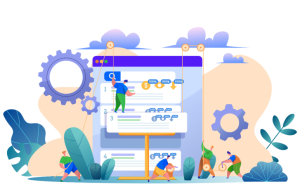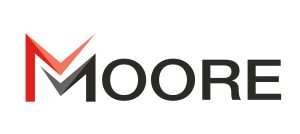Happy employees can make for a better, more productive workplace but they also can help a charity’s bottom line.
San Diego, Calf.-based Classy surveyed more than 1,000 nonprofit professionals for “World-Changing Work: The Modern Nonprofit Professional’s Experience,” taking the temperature of employee on the job satisfaction, their organization’s use of technology, and fundraising and social media, among other topics. The 35-page report was released during the firm’s annual social impact event, the Collaborative, this week in Boston, Mass.
The vast majority of nonprofit employees are satisfied in their roles but especially those who are involved in fundraising. Some 84 percent of nonprofit professionals are satisfied in their current roles, and that jumps to 92 percent for those who work closely with fundraising.
Not surprisingly, only 4 out of 10 employees who say they are dissatisfied in their role also don’t feel aligned with leadership, compared with more than 9 out of 10 who say they are somewhat or extremely satisfied and are definitely or probably aligned with leadership’s vision.
More than half of nonprofit professionals (53 percent) who are somewhat or extremely satisfied in their current roles donate routinely – be it weekly, monthly or yearly – to the organization where they work. Conversely, more than two-thirds (68 percent) who are somewhat or extremely dissatisfied in their current roles do not donate or only randomly donate to their nonprofits.
Those involved with fundraising or in an executive role are more likely to make a personal contribution to their organization, about 65 percent, compared with 48 percent who are not involved in that area. Almost a quarter of nonprofit professionals (23 percent) never donate to their organization and 3 percent said they never donate to nonprofits or causes they care about.
Four in 10 nonprofit professionals don’t feel their nonprofit is leveraging technology to their advantage compared to other nonprofits. The same proportion does not believe that their organization is leveraging technology to their advantage. Organizational size tends to influence this perception. Small nonprofits are the least confident in how they leverage technology. Small nonprofits are those with annual revenue of less than $1 million and large nonprofits were considered those with revenue of more than $20 million; medium organizations were those in between.
Nonprofit professionals who think their organizations are probably or definitely more technologically advanced in comparison to other nonprofits are most likely to be found in the IT department. The confidence drops off a bit after that, with the sentiment shared among 40 percent of those in development and 37 percent of those in programs, followed by 34 percent in executive leadership, and 34 percent in marketing.
Some three-quarters of respondents said they look to other nonprofits for inspiration or to get ideas about how to improve organizational effectiveness. Almost 60 percent said they look to friends at other nonprofits, and more than half (56 percent) said it’s from articles they read online. Less likely sources of inspiration included industry news (43 percent), companies outside the nonprofit space (42 percent) and friends or family (34 percent).
Colleagues also are the more common sources for industry news (59 percent), followed by social media (57 percent) and industry conferences (51 percent). Trade publications and industry blogs bother registered at about one-third of respondents (34 percent) while one in eight people surveyed said they don’t read industry news.
The top three marketing channels for large and medium nonprofits are direct mail, email and social media, while at small nonprofits it’s word of mouth that’s tops, followed by social media and direct mail.
According to 2019 Classy platform data, social media accounts for 57 percent of traffic to all campaigns, half of traffic to peer-to-peer campaigns, and 58 percent of traffic to peer-to-peer team or personal fundraising pages.
Website donations (66 percent), fundraising event campaigns (59 percent) and social media (59 percent) were far and away the top choices for the type of online fundraising organizations would like to use more of, followed by peer-to-peer fundraising campaigns (38 percent). Organizations were less enthused about crowdfunding campaigns (23 percent) and video and gaming platforms (7 percent).
The most important aspect of fundraising software for nonprofit employees is that it be easy to use (73 percent) and cost-effective (69 percent). Less important but still reaching a majority (51 percent) was software that helps donor retention. Customizable design (43 percent) and helping fundraiser retention (34 percent) both registered among employees but not as highly.











